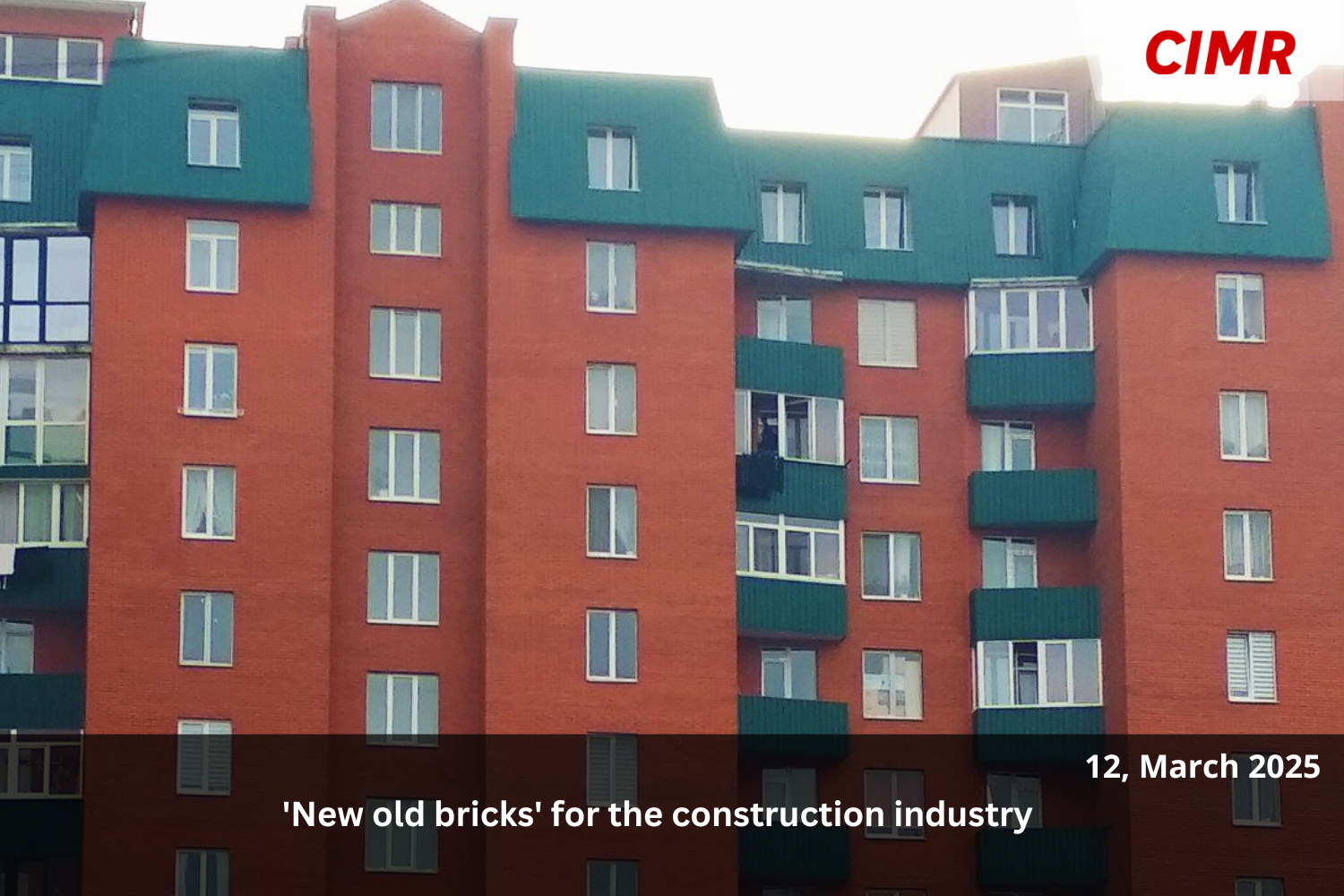The EU-funded project REBRICK has developed a system that automatically sorts demolition waste, separating out bricks for reuse. The system, patented by Gamle Mursten, automatically cleans concrete and cement from old bricks, allowing them to be reused in building construction.
The project partners have made rapid progress, with two full-scale brick-cleaning facilities operating in Denmark in less than two years. If successful, the REBRICK system could deliver an annual reduction of waste amounting to 24,000 tonnes in the second year after the project ends.
The system has proven its competitiveness, with the two currently operating plants selling every ‘new old brick’ produced. REBRICK received about EUR 700,000 in EU funding under the Eco-Innovation programme and runs through the end of 2013.
The construction industry is undergoing a transformation in its approach to sustainability, and one of the latest innovations making waves is the concept of ‘new old bricks.’ These reclaimed and repurposed bricks offer a sustainable alternative to traditional construction materials, helping reduce environmental impact while maintaining structural integrity and aesthetic appeal.
The Need for Sustainable Building Materials
Construction waste is a major contributor to landfill overflow, with demolished buildings generating tons of discarded bricks, concrete, and other materials. Traditional brick manufacturing intensive, producing significant carbon emissions. The adoption of reclaimed bricks addresses both issues by giving existing materials a second life and reducing the demand for new production.
The ‘New Old Bricks’ Concept
‘New old bricks’ are sourced from demolished buildings, cleaned, tested for structural strength, and reintroduced into new construction projects. This process involves:
- Careful Deconstruction – Instead of demolishing buildings in a way that destroys bricks, structures are dismantled strategically to preserve reusable materials.
- Cleaning and Processing – Removed bricks are cleaned to eliminate mortar residues and tested for durability.
- Reshaping and Reinforcement – Some bricks may be resized or reinforced to meet modern construction standard These bricks are then used in new buildings, reducing the need for freshly manufactured materials.
- Environmental Sustainability – Reducing construction waste and lowering carbon emissions from brick production. Repurposed bricks can be more affordable than new ones, especially when sourced locally. New old bricks are emerging as a sustainable solution in the construction industry, repurposing reclaimed bricks from demolished buildings to create eco-friendly structures.
- This innovative approach reduces waste, cuts costs, and historical elements, while meeting modern building standards and promoting environmentally responsible construction practices in today’s thriving urban landscapes Older bricks offer a unique, weathered look that is often sought after in architectural designs.
- Structural Reliability – Properly tested reclaimed bricks can be as strong as new materials, ensuring safety and durabilit Encouraging reuse and recycling within the construction industry. While reclaimed bricks present numerous advantages, there are challenges to consider.
- Labor-Intensive Processing – Cleaning and testing old bricks require time and Consistent sourcing of high-quality reclaimed bricks can be challenging. Ensuring that repurposed bricks meet modern building codes and safety standards. As innovation continues, these sustainable building practices are set to become an integral part of future construction efforts.
Future Outlook
With increasing awareness of sustainable building practices, ‘new old bricks’ are gaining traction among architects, builders, and developers. Governments and industry bodies are also encouraging the use of reclaimed materials through incentives and regulations. As recycling technologies improve, the process of reclaiming and reusing bricks is expected to become more streamlined and cost-effective.
The concept of ‘new old bricks’ represents a promising step toward a more sustainable construction industry. By integrating reclaimed materials into modern building projects, the industry can significantly reduce its environmental footprint while preserving architectural heritage.
Group Media Publication
Construction, Infrastructure and Mining
General News Platforms – IHTLive.com
Entertainment News Platforms – https://anyflix.in/










%20/23%20cimr%204.jpg)
